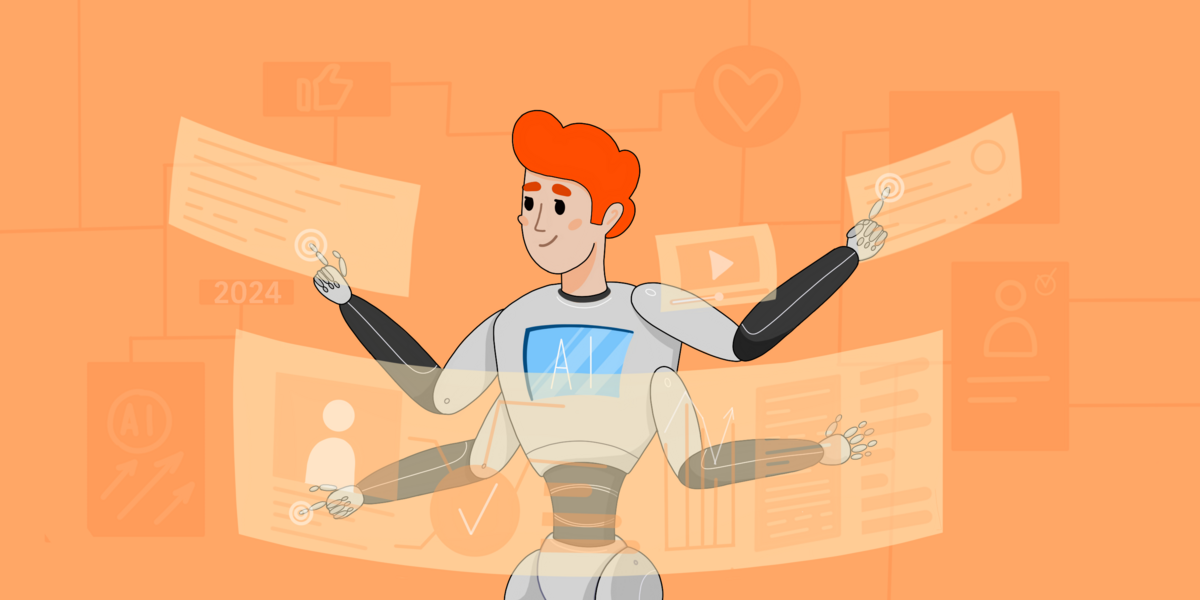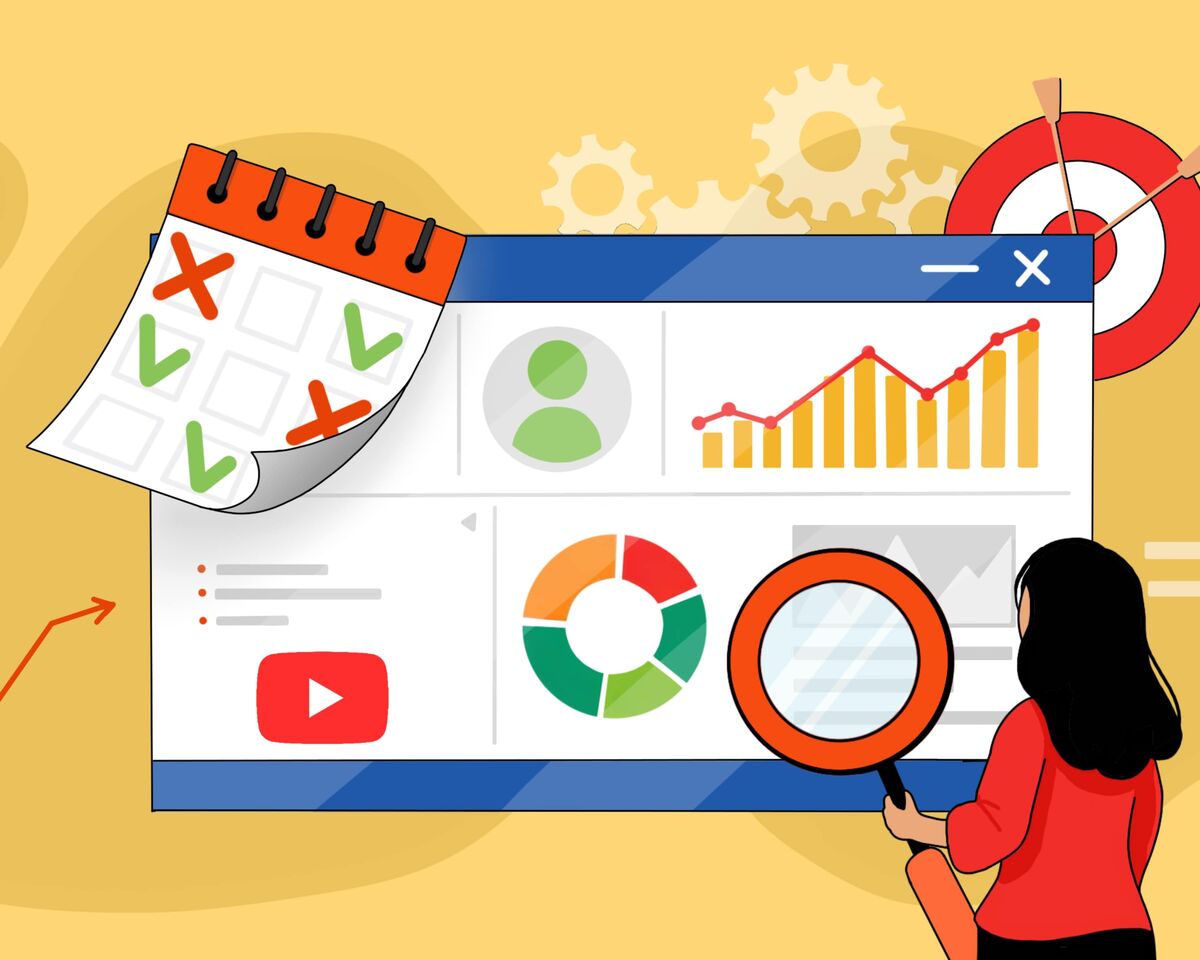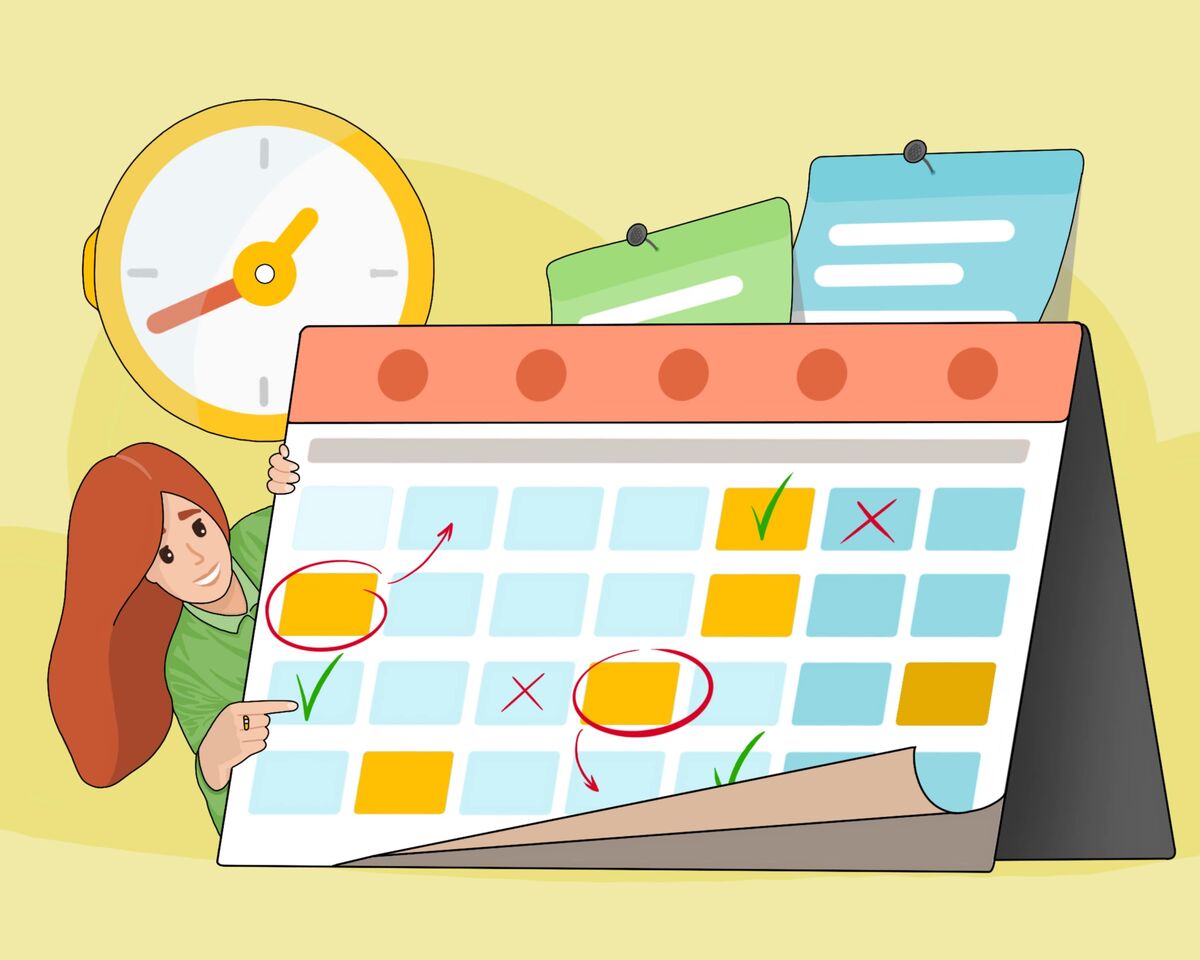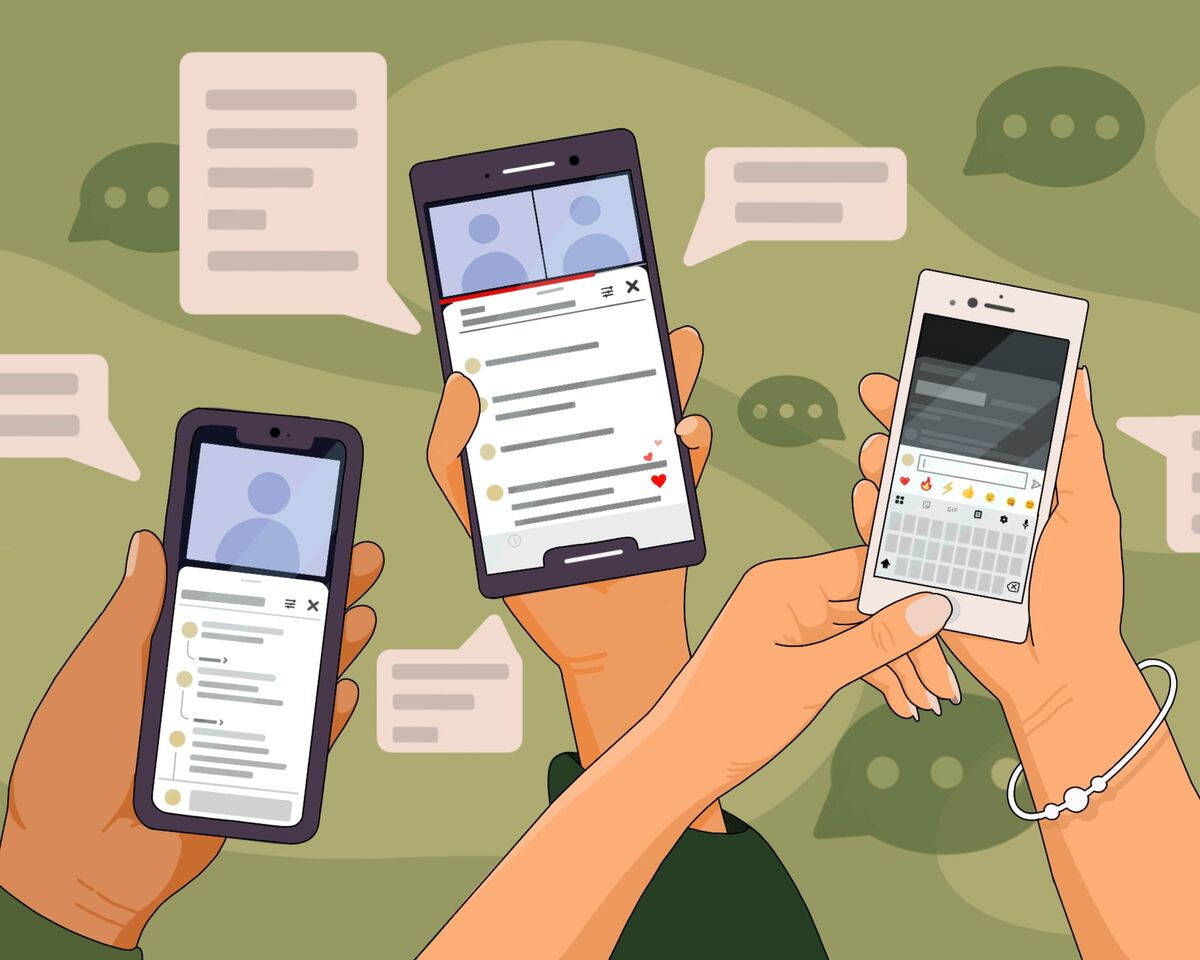Dispelling 7 YouTube Myths

How many myths have we debunked together? And yet, they just keep coming. One YouTuber makes an assumption, another misunderstands— and here we are, caught in a game of broken telephone, giving rise to real fairy tales.
However, sometimes myths turn out to be reality. Our task is to help you figure out where the truth lies and where fiction takes over.
Myth #1 - YouTube does not promote videos with warnings.
YouTube is a colossal company. The functioning of its algorithms can be compared to the inner workings of our brain. This means that YouTube has numerous sections that form neural connections. Each is responsible for its own task.
Some algorithms handle likes and views, others are in charge of promotion, some delve into audience interests, and others focus on copyright issues... and the list goes on endlessly.
From the aforementioned, we can draw a conclusion that YouTube’s algorithms form a unified system, but each department is dedicated to its specific tasks.
One YouTube representative, Rene Ritchie, revealed that the Search system is not regulated by yellow or green monetization icons. Instead, it is governed by community guidelines.
In other words, if your video loses monetization, it only means it loses the ability to display ads. However, this doesn't necessarily mean that the video is bad, and that it won't be shown to anyone at all.
The same applies to copyright issues. If you receive a notice from Content ID, and you're panicking about what to do, the answer is simple: wait for the rights holder's decision. If they don't mind their songs or clips being used in your videos, you'll still be recommended to viewers.
Now, let's address the infamous shadow ban! Let's think about it... If the algorithms perceive that, for instance, your content is too mature, it's logical to assume that you might lose some visibility.
According to Social Shepherd statistics, the primary audience on YouTube falls within the age range of 19 to 32 years old. However, the 9% of viewers who may seem like an unnecessary audience of children are not only individuals under 18. This includes all unregistered users and those who choose not to disclose their age.
So yes, your reach might decline due to the 18+ age restriction; you may be seen by fewer people in recommendations than you could. But this is not a ban from YouTube; you've simply encountered an age-related limitation.
People who run channels with controversial or borderline content also complain about the 'shadow ban.' This involves esoteric, political, or alternative medicine topics – content that treads the line of violating YouTube's rules.
Officially, these channels may not be violating rules, but YouTube still struggles to recommend them to viewers, and certainly can't place ads on them. If you feel like YouTube is genuinely not promoting your content, start small.
Consider whether you fall into the 'gray zone' first, and then proceed to analyze your content. If your content is not engaging, then 'shadow bans' and Content ID complaints are certainly not to blame.
Myth #2 - You cannot change the thumbnail or title of an already published video.
If you change the thumbnail or title, it won't have any impact on the algorithms. Believe it or not, YouTube is not very interested in what you do on the platform. Instead, it cares about how you engage with your audience. Therefore, the promotion of your video will always depend on audience activity.
If, after changing the thumbnail, title, description – anything – viewers react positively, YouTube will take note and give your video a second wind. If the new title or thumbnail is a complete failure and viewers don't respond, YouTube will see it as a signal that the content is uninteresting and won't recommend it.
Sometimes creators obsess over their videos in the first three hours after release, trying to make changes to get more views, unwittingly slipping into blatant clickbait. This is not ideal.
In the pursuit of views, please don't lose your mind. You shouldn't showcase something on the thumbnail that won't be in the video. Just as you shouldn't make promises in the title that you won't fulfill.
Deceiving your audience has consequences. They might fall for it the first and second time, but eventually, they'll lose trust and stop clicking on your videos because you consistently lead them astray. So, experiment, but within reason.
Myth #3 - Your channel will die if you take a break from publishing content.
Every YouTuber has at least once in their life pondered this question: What will happen if I stop posting videos? Because we get tired, go on vacations, and don't want to sacrifice time with family or friends. But at the same time, we're all terribly scared that our channel will suffer. This may prompt thoughts such as..
- Your channel will die! Take a break?
- Your channel will die! Spend time creating something more substantial?
- Your channel will die!
And these thoughts compel us to work on our last breath, turning our beloved hobby into a job, and our beloved job into routine. But here's the great secret — the world won't collapse if you don't release videos for a while. Representatives of YouTube don't want their creators to burn out. That's why they regularly study how a creator's absence affects their future promotion. And if we believe Rene Ritchie solely on his word, they find no correlation whatsoever.
“It's a great question because it's something we think about a lot, as we genuinely care about the well-being of our creators. And when we look at this [relationship between an author's absence and their promotion], we don't observe any universal negative impact. In general, this [break] has not affected a wide range of channels on YouTube.”
And you know what the real truth is? Whether you will still be in demand after a hiatus depends on your audience. Of course, there are many objections': activity on other channels, on social media, appearing on shows or interviews – all of that is still relevant. Unfortunately, that's the reality of content creation – if you take a break on YouTube, don't disappear completely.
If you stay visible to your viewers and if you take time to build loyalty and connection in advance, then you have no worries. Taking a break will not impact your channel negatively.
Myth #4 - One unsuccessful video will ruin the entire channel.
You know, even Leonardo DiCaprio had his setbacks. He starred in the iconic 'Titanic' and then spent a whole five years in mediocre films. But look at him now? He's still Hollywood's sweetheart and even won an Oscar!
YouTube and the film industry are different, but the essence remains roughly the same. The platform's algorithms study the audience's reactions to your videos. If one video doesn't resonate well with the audience, it's not enough to draw conclusions about the entire channel.
It's a different story if you consistently release only bad videos, and your viewers express dissatisfaction and unsubscribe. In this situation, it becomes a red flag for YouTube, and they will investigate what's wrong with your content.
Another situation where one bad video can impact the entire channel is when you receive a strike. YouTube then imposes restrictions on the entire channel for a specific period. However, even in these cases, it doesn't affect the promotion of your other videos.
In general, name a YouTuber who has never had a setback. Said something thoughtless, created a completely dull video, messed up with editing, or got into an awkward situation? Perfect people don't exist. Even the most popular creators sometimes lose half or more of their views by choosing an uninteresting topic. So, stop focusing on one bad video. Learn from your mistakes and move on to find more intriguing topics or improve your contents quality.
Myth #5 - Timestamps harm watch time.
Timestamps and chapters on YouTube are like the table of contents in a book. You can go through the chapters, which would be logical, or you can jump to what really matters to you. And since YouTube is created for viewers, we are obliged to do everything for their convenience.
However, the truth is that timestamps only harm views for those whose videos are not particularly interesting. For example, if you release a vlog on the topic 'How I Spent Time in a Village,' and your timestamps include 'I woke up,' 'Smiled,' 'Went to breathe forest air,' who would actually be interested in that?
In most cases, timestamps are about benefiting the audience and providing an additional opportunity to insert more keywords into your description. And as we know, that helps in the promotion of videos, especially for beginner YouTubers.
Imagine a user typing into the search engine 'What are virtual reality glasses' because it's super relevant now, and everyone wants to know how this expensive technology from the future works. And the viewer is presented with your 30-minute video without timestamps.
In these 30 minutes, you structurally talk about where this idea came from, who came up with it, which companies picked up the trend, what's happening in the market now, and then move on to testing these glasses. You show the equipment, explain what each button does, and towards the end of the video, your viewer gets what they came for—what you can see in these glasses that everyone's talking about.
Without timestamps, some viewers may drop off just because they don't know when and where you'll start talking about what they need. But if you divide the video into logical episodes, there's a high chance they will watch it.
Additionally, few people know that timestamps help increase retention in videos, which directly impacts promotion. The presence of timestamps allows viewers to easily return to their favorite moments if the video is interesting. The more they rewatch certain parts, the faster your video becomes viral.
Myth #6 - Tags help with promotion.
No, no, and no. Relying on tags is a relic from the time when YouTube was just starting.If you go to the Help Center of video hosting, you will definitely come across the article 'How to Add Tags to Your Video.' Here, YouTube dispels the myth for you.
“Tags are keywords that make it easier for users to find your content. However, more crucial for search are metadata such as the title, description, and video thumbnail. Viewers usually rely on them when choosing which video to watch.”
That's the essence of tags, essentially. They are useful when users might make mistakes or use different spellings while searching for videos.
Remember, tags are written only in the tags section. If you add a string of words to the video description, YouTube is likely to recognize it as spam.
Also, it's essential not to confuse tags and hashtags – they are different things. Hashtags are written with a hash sign, without spaces between words. They are added to the video description as an auxiliary tool, allowing viewers to find videos on a specific topic in playlists related to those hashtags.
All hashtags should be related to the video's topic. If you write the name of your channel there, who are you competing with for views? Yourself?
Conclusion: you can use tags and hashtags, but relying on them as tools for promotion or increasing activity is not necessary. And certainly, you shouldn't spam them everywhere. At a minimum, it's useless; at a maximum, it violates the platform's rules.
Myth #7 - Shorts harm channels.
And perhaps this is one of the most controversial new myths about YouTube.
We have YouTube's official position on this, and we have the position of creators who have experienced firsthand what Shorts are and how they affect channels. Let's look at both positions.
Representatives of YouTube say that there are exceptions in everything and everywhere, both for long videos and short ones.
"We have noticed that creators who publish both long and short videos generally have a high level of engagement [with viewers] compared to those who do only one thing. Obviously, there will be exceptions on both sides. Some will perform much better, while others may fare worse."
René is firmly convinced that long and short videos do not interfere with each other at all. It seems that long videos are recommended on the Home page, and Shorts are recommended in the Shorts shelf. And here lies the main catch. René avoids the topic that Shorts from the shelf and long videos from the Home page will bring you DIFFERENT audiences. This is what can affect channels.
Shorts are YouTube's brainchild, which they want to promote, even if they haven’t worked out all the issues.
But here's what Shorts are definitely good for. They have a feature where you can invite viewers to your long form videos. This helps drive traffic and acts as a funnel so use it wisely.
If you run an entertainment channel and initially focus on Shorts – please do. Promote, grow, and build your audience. But not everyone will be able to benefit from the shorts hype. For example, educational channels that focus on long, educational videos.
Shorts can indeed ruin their statistics because viewers of short videos may only watch Shorts. Even if your long video is an extended version of the short one, they are unlikely to want to spend time on a more detailed explanation. However this varies and will depend on your audience and content.
The truth is there is no universal advice for every creator. But we do not recommend focusing on Shorts if you do not have an appropriate strategy created.
As you may have realized by now, there are many myths on YouTube. Some of them are dispelled by YouTube itself through its representatives, and some are so ambiguous that you have to learn from experience. Our advice is to continue studying different points of view, and testing whenever possible. Good luck on your YouTube journey!




